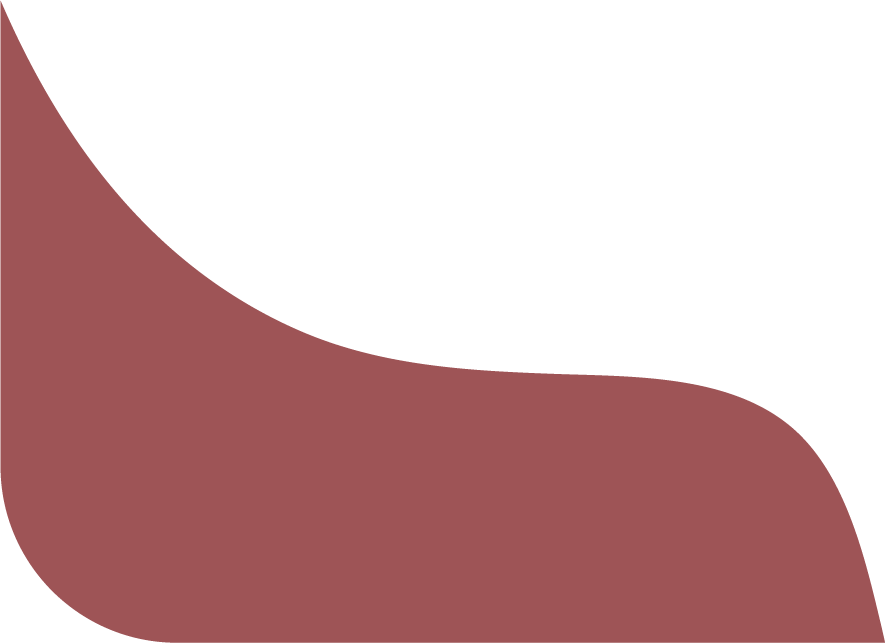DOUGLAS FIR Pseudotsuga menzlesll (Pinaceae)
DESCRIPTION
The sapwood can be whitish to pale yellow or reddish white and varies in thickness. The heartwood is variable in colour, with a very marked contrast between earlywood and latewood. The summerwood is harder and red-brown, whereas the springwood is softer and a paler pinkish yellow. The grain is normally straight and can be even or uneven; sometimes it is wavy or curly. Wood with narrow rings has a more uniform texture than that with wider rings, which are often uneven.
PROPERTIES
It has high crushing and stiffness strength, high bending strength and medium resistance toshock loads. Wood from the Pacific coast is tougher, harder and stronger than that from other areas. It works very well with hand and machine tools but does have a blunting effect on cutters. It planes, nails, screws, turns and glues very well. It has poor painting and varnishing qualities, but stains satisfactorily.
SEASONING
Due to the low moisture content of the heartwood, the wood dries quickly and readily. There can be problems with staining from extractives, and occasionally with honeycombing and ring failure.
DURABILITY
Douglas fir has little resistance to decay, and is vulnerable to attack from jewel and
longhorn beetles. The heartwood is resistant to preservative treatment, and the sapwood has adequate absorption.
TYPICAL USES
It produces more plywood than any other timber, and vast quantities of veneer. it is also used for structural beams, building, domestic and factory flooring, formwork, packing cases, marine piling, interior and exterior joinery, cabins, vats and railway sleepers (railroad ties).
Also called Oregon pine (USA), British Columbian pine, Columbian pine, blue Douglas fir. Also distinguished by origin: Colorado, Oregon, Rocky Mountain Douglas fir
Facts and figures
GROWS: Canada and USA; also introduced in UK, Ireland, New Zealand, Australia,
France and Belgium
TYPICAL HEIGHT: 30-200ft (24-60m), but can reach 300ft (90m) in North America
TRUNK DIAMETER: 2-Sft (O.6-1.5m)
TYPICAL DRY WEIGHT: 33lb/ft’ (530kglm’)’ SPECIFIC GRAVITY:.53
HEALTH RISKS: Dermatitis, nasal cancer, rhinitis, respiratory problems; splinters are liable to become septic.
